Equitable Community Engagement
- Karen Steisi Ocampo
- Jun 5
- 2 min read
Updated: Jun 6
Identify the Capacities of Individuals, Organizations, and the Community Through a Strength-Based (Or Asset-Based) Lens.
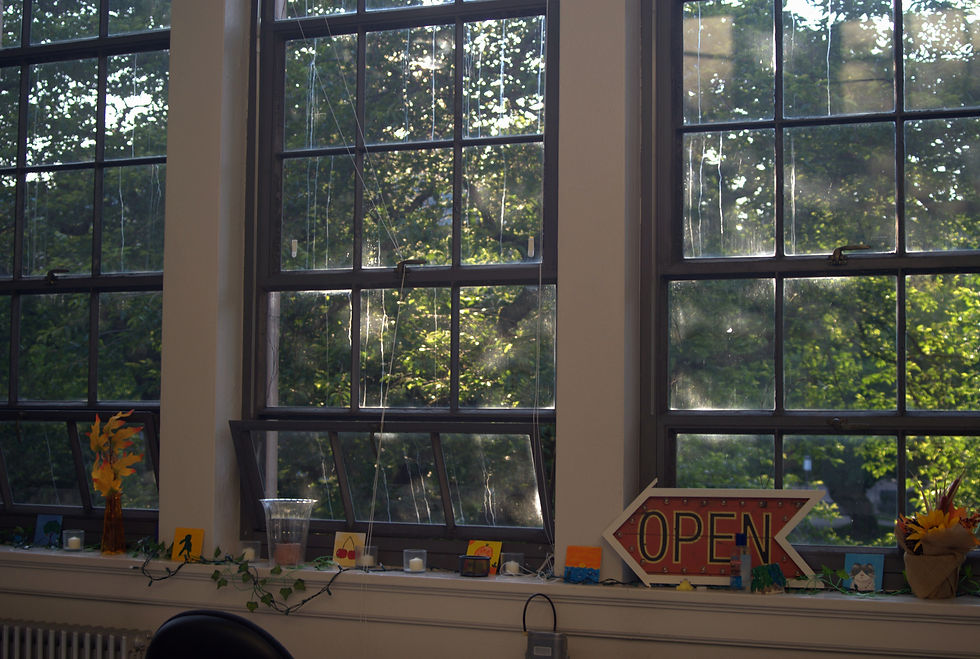
There is a lot of beauty in the work that my team and I have done. Being in an office designed to serve as a safe haven, a space for community, where people can lean on one another and serve as pillars for each other’s advancement, is a deeply nurturing and reciprocal kind of relationship. There is incredible strength and beauty in that work.
One of our most meaningful forms of outreach was hosting weekly office hours with my colleagues, the graduate assistants in the office. Having an open-door policy allowed us to be accessible to students who needed support, whether it was help understanding academic material, working on resumes or essays for career development, or simply needing someone to talk to. We welcomed students in, listened to the stories they shared, and held space for the emotions and experiences they were navigating, especially during a time filled with difficult political and social events.
Another highlight was revitalizing a collaboration with the Q Center to host a mixer for LGBTQ+ students, not just within the College of Education, but across the broader UW campus. That, along with so many other events, helped us foster visibility and belonging. For example, during our annual MLK rally, our office organized an RSVP form so students could participate in the march together, in community.
We also used our social media platforms to share and amplify social initiatives happening on campus. One example includes partnering with the Samuel E. Kelly Ethnic Cultural Center to support a farmworkers drive hosted by multiple cultural organizations.
Throughout the year, our office continuously engaged with students from historically underrepresented backgrounds, ensuring we hosted at least one event per week. Each quarter, we launched 9 to 11 programs, ranging from social bonding events like bowling nights, game nights, potlucks, and film screenings, to educational gatherings like coffee chats and cultural nights. Each one was an opportunity for us as staff not only to support our students, but to continue learning about the communities we serve and reflect on how to serve them better.
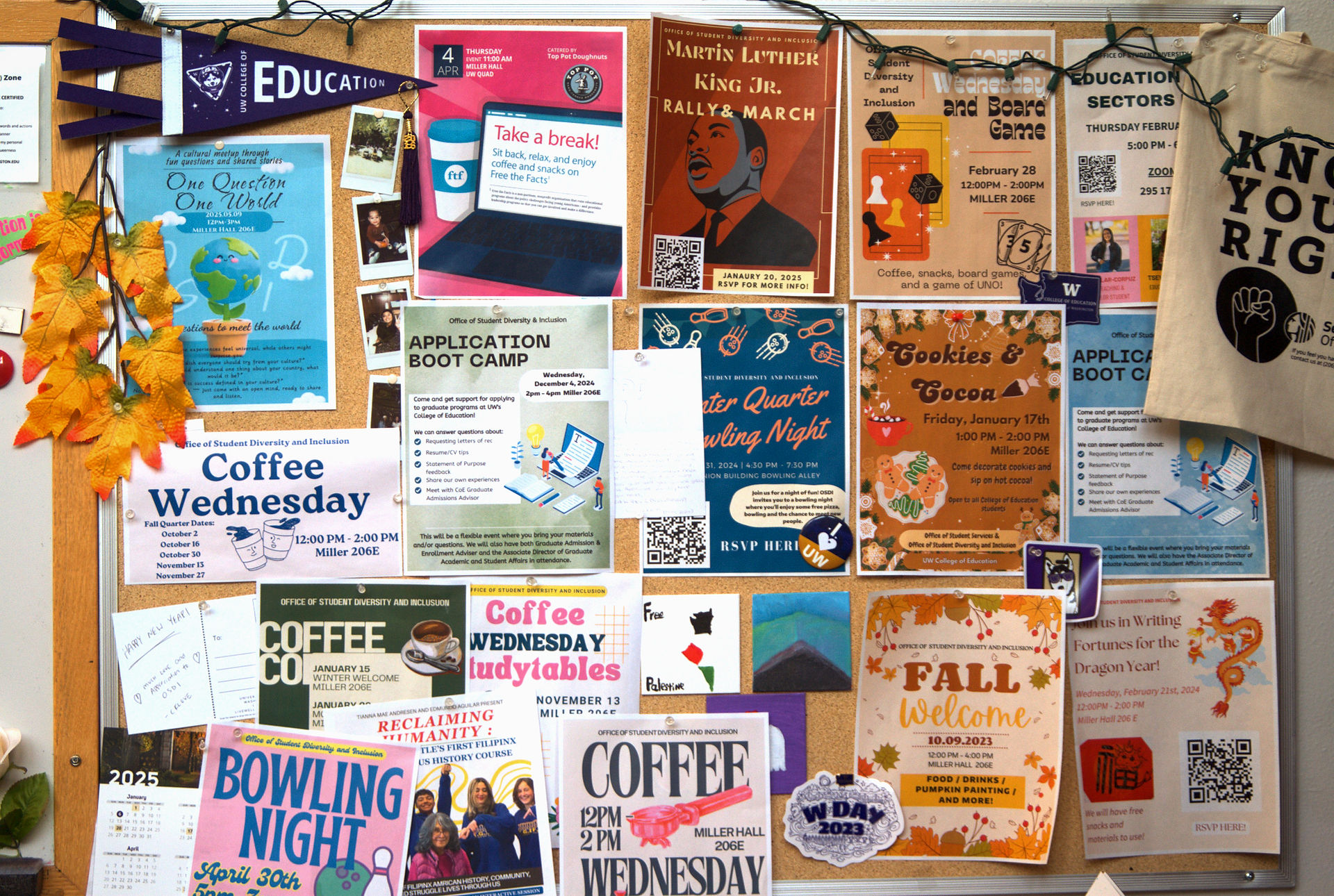
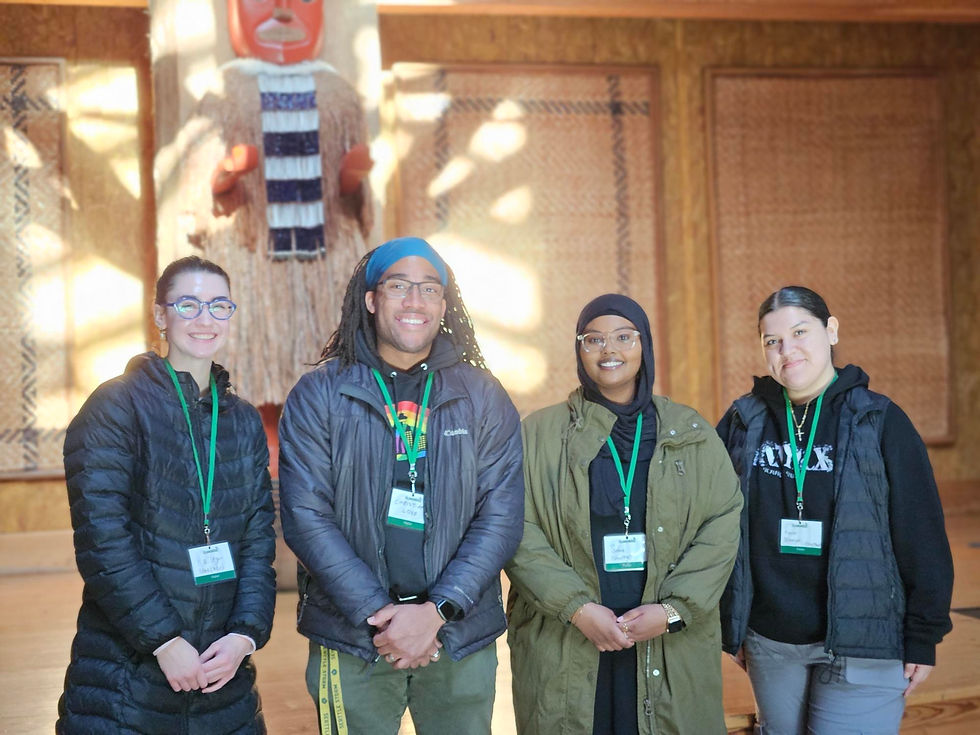
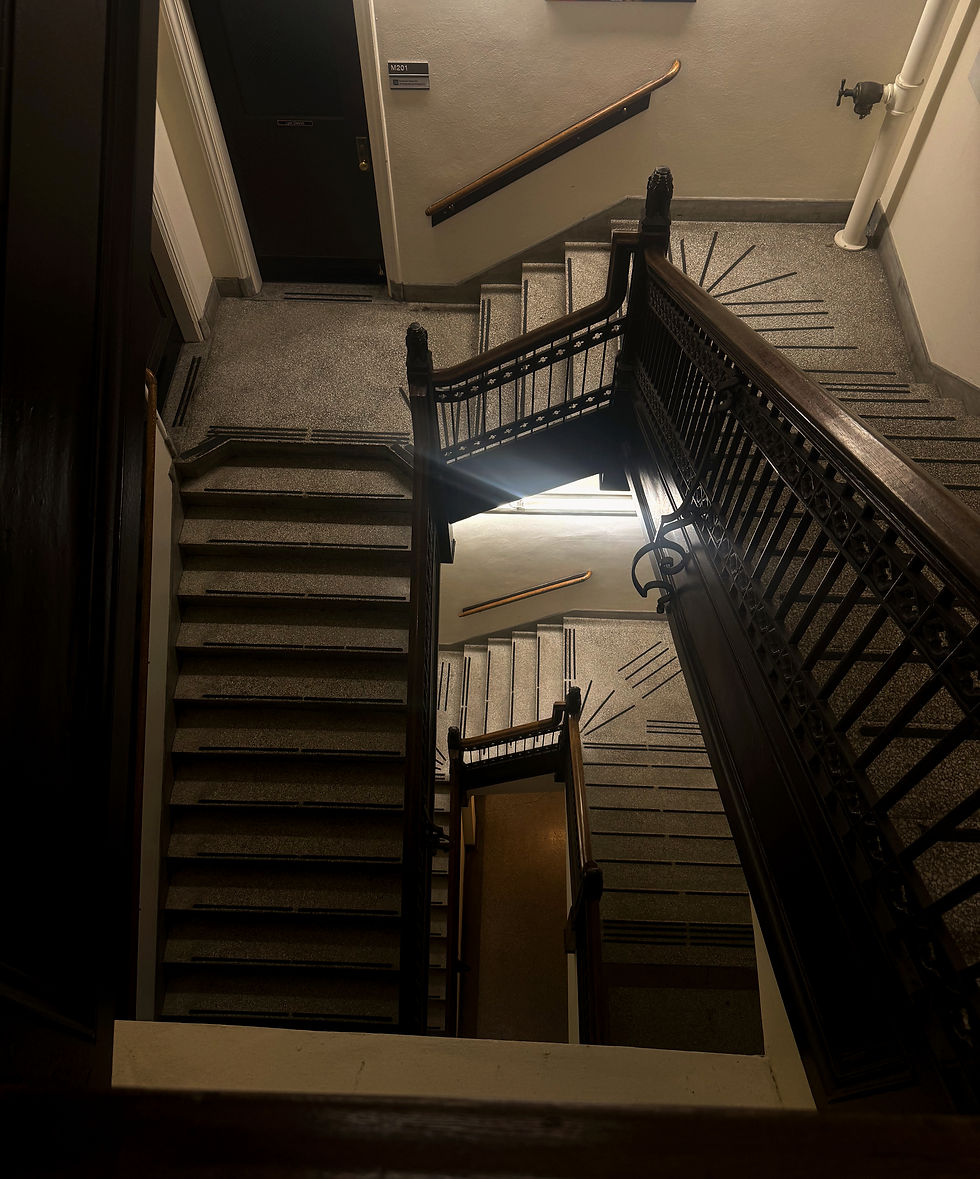
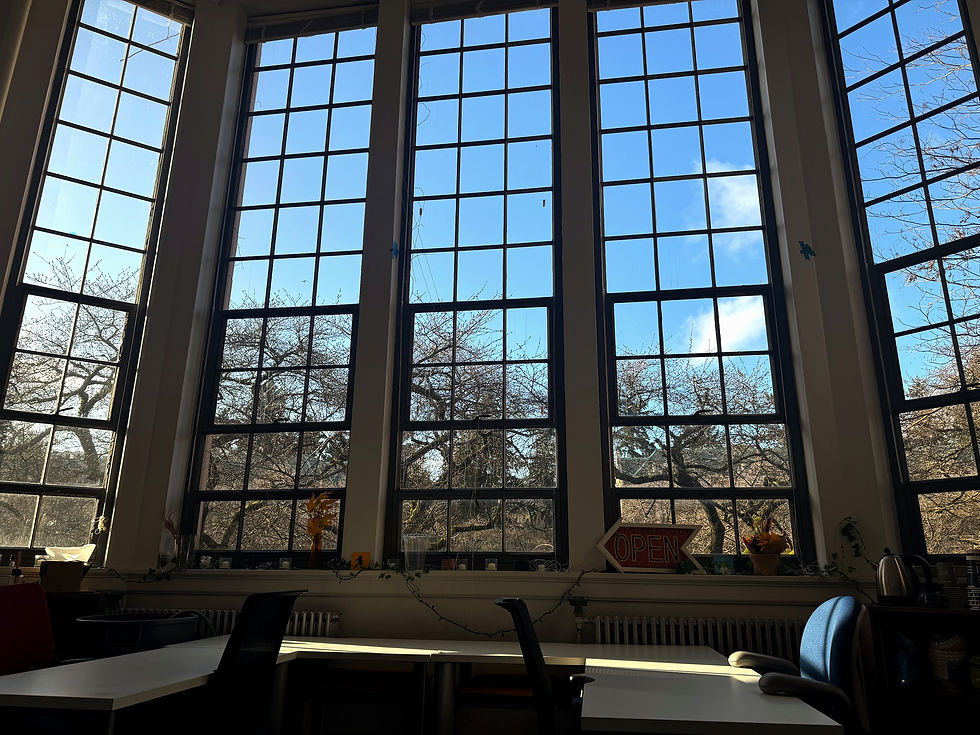
Comments